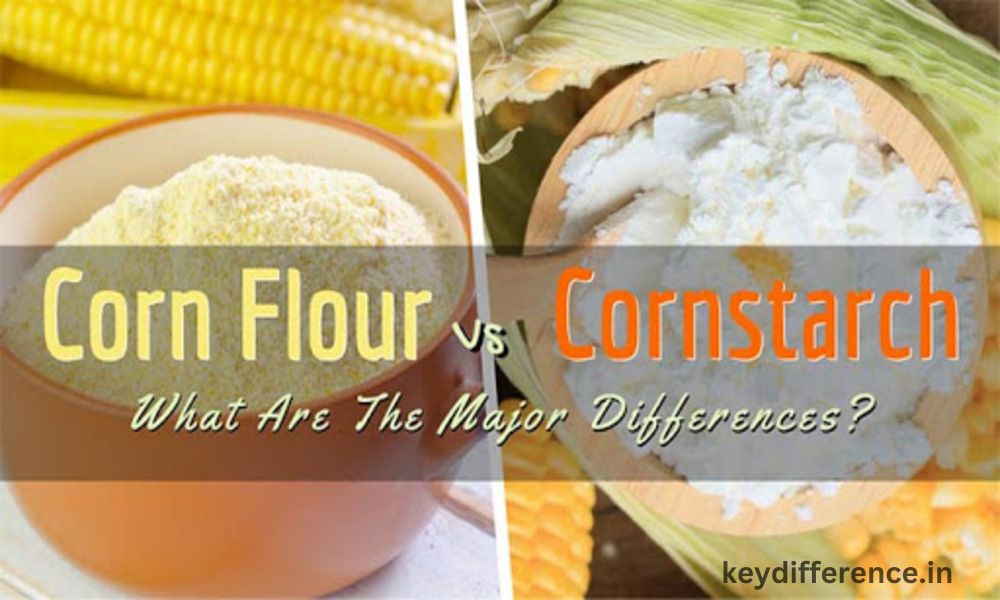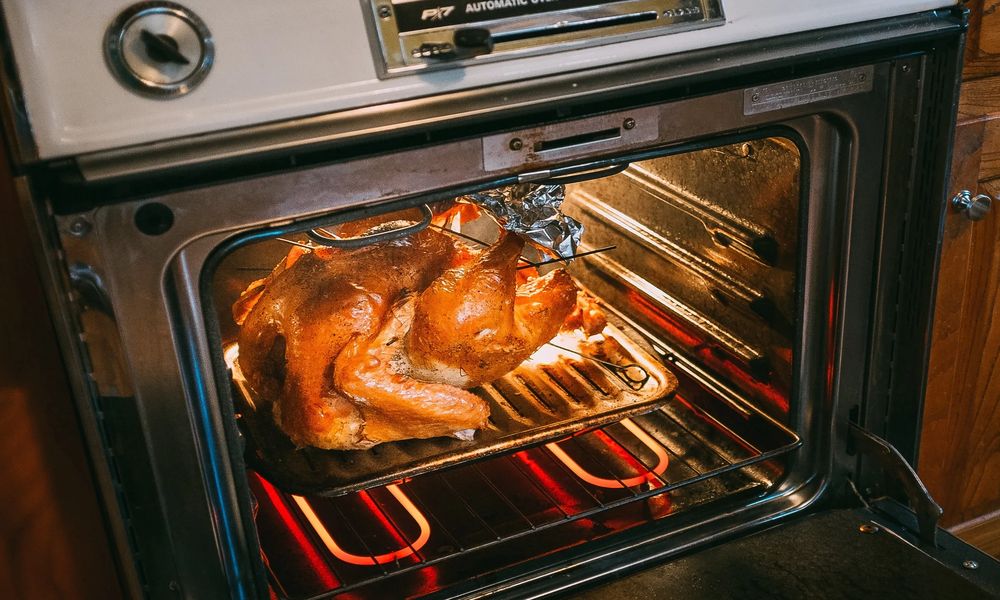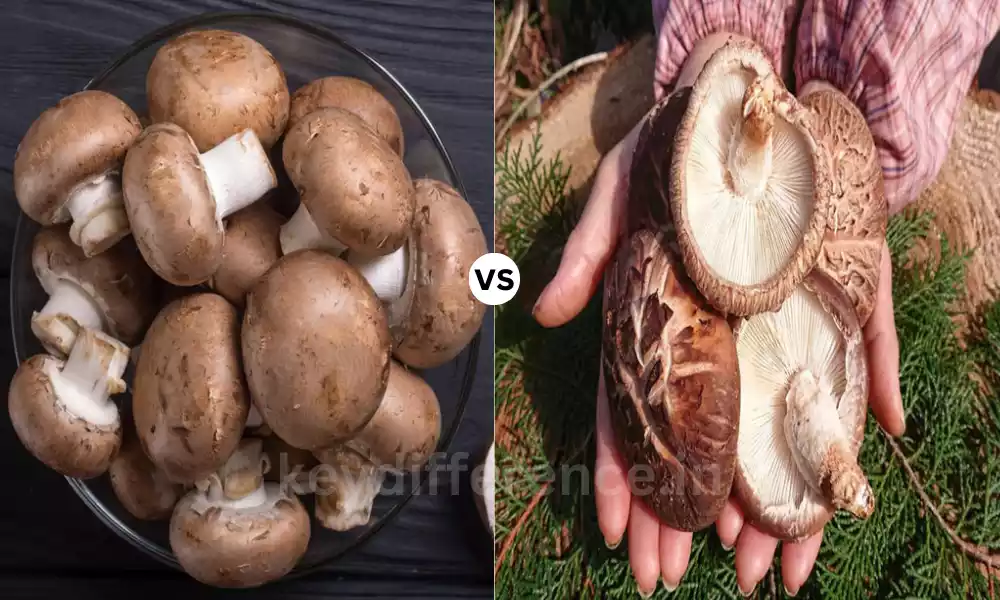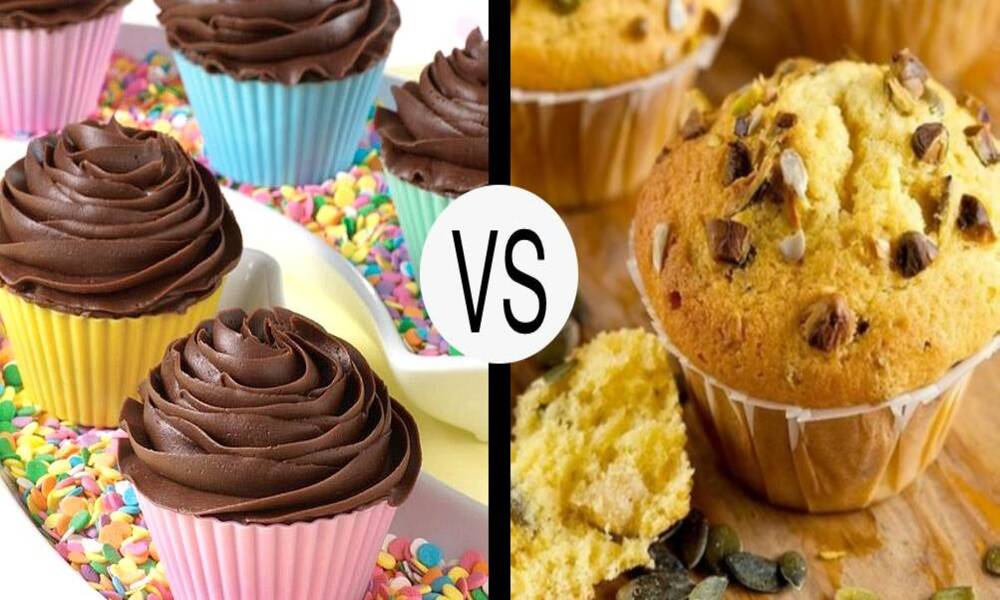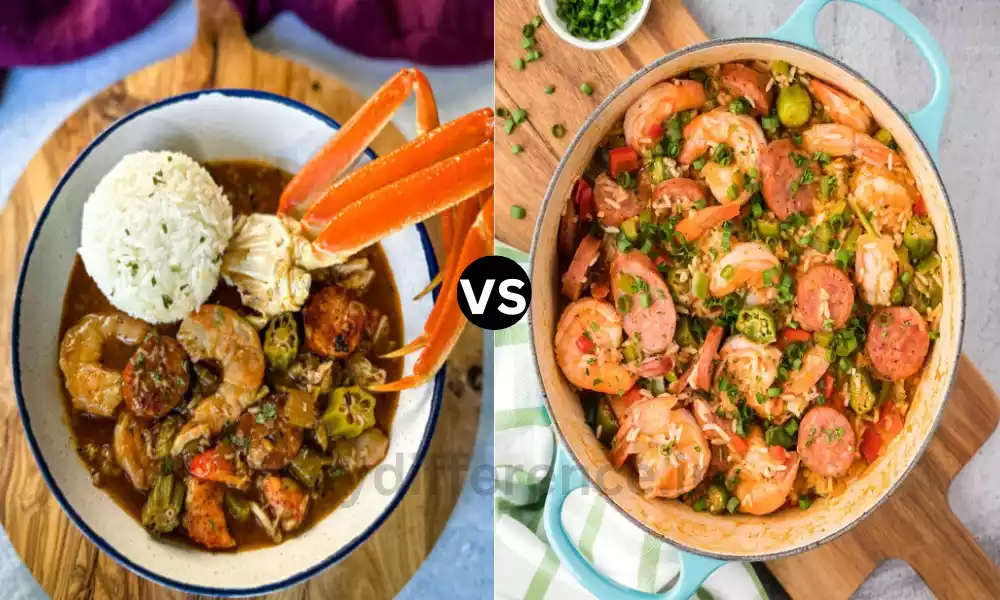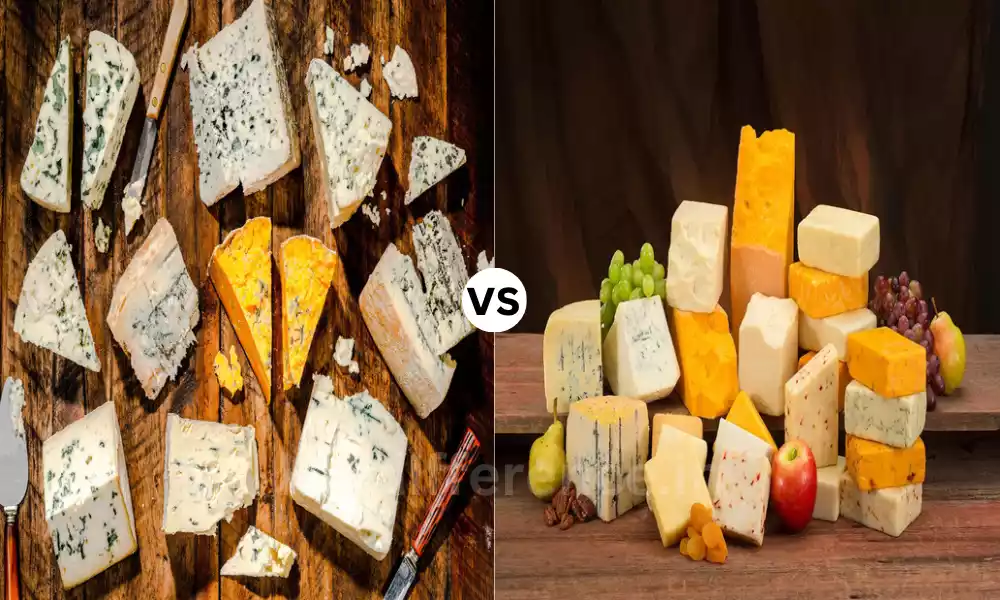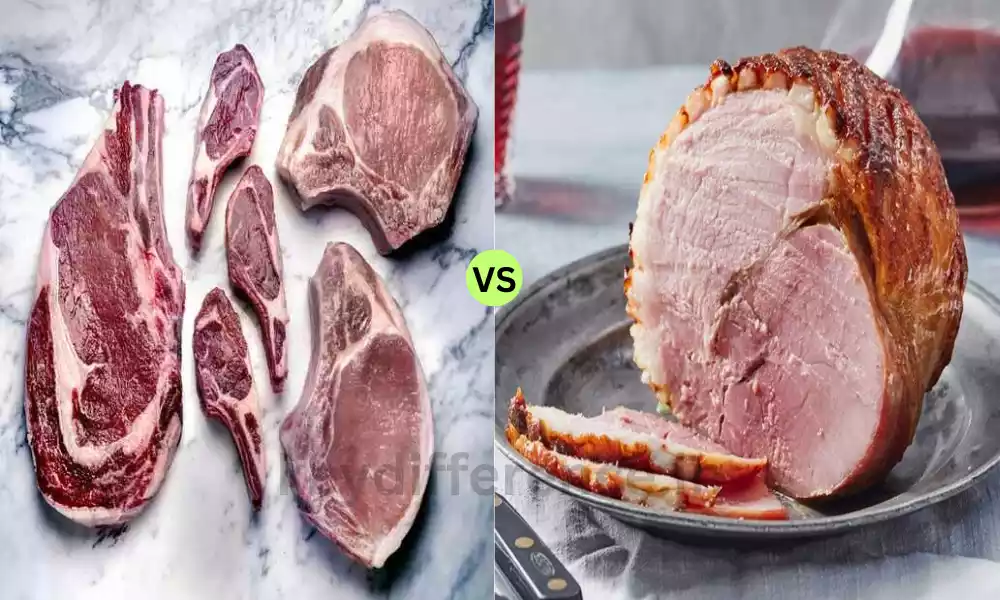Introduction
Knowing the difference between cornstarch and corn flour is key for anyone interested in cooking and baking. Both products come from corn, but each has specific properties and applications in cuisine – mixing these two together could result in unintended outcomes when creating recipes.We will explore the definitions, production processes, properties, and culinary applications of cornstarch and corn flour in this content outline.
We will investigate their differences, such as raw materials used, processing methods employed and nutritional content; additionally, guidelines will be provided on when and how often each ingredient should be used – along with potential substitutions or alternatives.By developing an in-depth knowledge of cornstarch and flour, you’ll gain the information required to select appropriate ingredients for your culinary creations. Let’s begin by exploring its composition and uses.
Definition of cornstarch
Cornstarch (commonly referred to as cornflour in some regions) is a fine powdery substance produced from the endosperm of corn kernels.To obtain cornstarch, grind the kernels finely into powder form before extracting its starch from other components such as protein, fiber and germ – after which, this purified starch powder is purified and processed into white, odorless powder form for processing and consumption.
Cornstarch is composed primarily of carbohydrates, especially starch, which gives it its thickening properties.Cornstarch is an invaluable thickening agent used in both cooking and baking due to its ability to absorb and retain water, eventually becoming gel-like once heated.Cornstarch can be used to thicken sauces, soups, gravies and fruit fillings before being baked into cakes cookies and other baked goods for structure and tenderness.Cornstarch’s neutral flavor and translucent appearance when cooked make it ideal for dishes where clear or glossy textures are desired.As it’s gluten-free, making it suitable for people with celiac disease. Cornstarch is widely available at grocery stores worldwide and forms part of many cuisines worldwide.
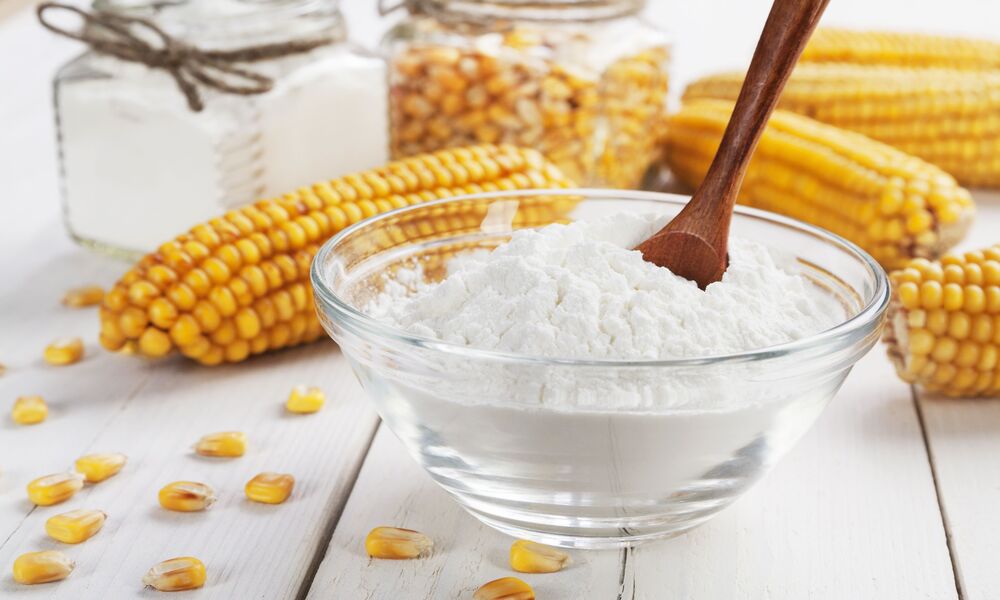
Definition of corn flour
Corn flour (sometimes referred to as maize flour) is a finely ground Powder made from dried corn kernels, similar to Cornstarch in that its Ingredients include all parts of the kernel Including germ and bran.Corn flour has a subtle yellow hue and soft powdery texture, and is widely used across culinary traditions such as Latin American, Caribbean, and African cuisines. Corn flour plays a central role in such traditional dishes as tortillas, tamales, arepas and porridges in these regions.
Corn flour is a versatile ingredient that can be used as either an essential primary ingredient or thickening agent, mixing well with liquids such as water to form doughs and batters that can then be cooked/baked to create various dishes. Cornmeal differs significantly as its coarser texture typically results from more coarsely ground corn kernels being ground into meal form.
Taste-wise, corn flour has an earthy, slightly sweet and slightly nutty flavor that adds a unique corn taste to dishes. Additionally, being Gluten-free means it can be safely Consumed by those with gluten Intolerance or celiac Disease.
Corn flour can be Easily found at grocery stores and comes in both yellow and white varieties Depending on the type of corn used to produce it. Corn flour plays an Essential part in many Traditional recipes as well as being an ideal Thickener in sauces, soups and stews.
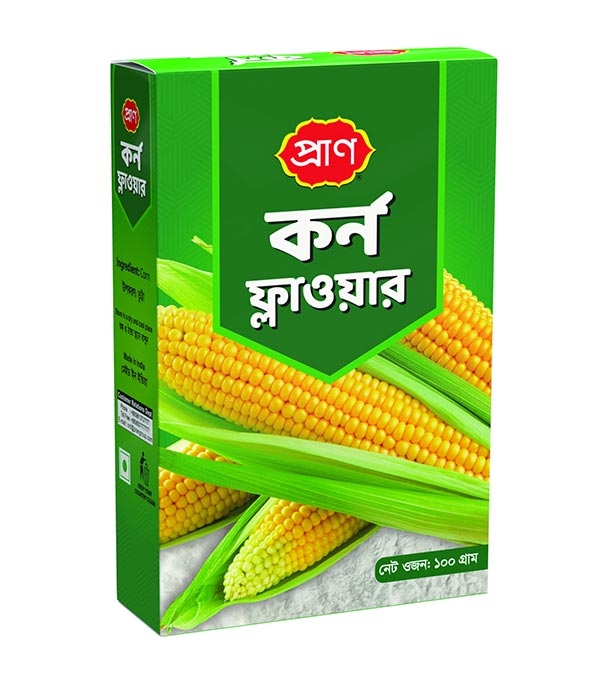
Comparison Table of Cornstarch and Corn Flour
Sure! Here’s a comparison table highlighting the key differences between cornstarch and corn flour:
| Aspect | Cornstarch | Corn Flour |
|---|---|---|
| Definition | A fine, powdery starch derived from the endosperm of corn kernels. | A finely ground powder made from dried corn kernels, including the germ and bran. |
| Production | Corn is ground and the starch is separated from other corn components. | Corn kernels are ground into a fine powder, including the germ and bran. |
| Texture | Fine, smooth powder. | Soft, powdery texture. |
| Color | White | Yellow (sometimes white, depending on the type of corn used) |
| Thickening Power | High thickening power, forms a clear, glossy texture when cooked. | Lower thickening power, can give a slightly grainy texture when cooked. |
| Culinary Uses | Widely used as a thickening agent in sauces, soups, gravies, and fruit fillings. Also used in baking for structure and tenderness in cakes and cookies. | Commonly used in Latin American, Caribbean, and African cuisines for making tortillas, tamales, arepas, and porridges. |
| Taste | Neutral taste | Slightly sweet and earthy flavor with a distinct corn taste. |
| Gluten-Free | Yes | Yes |
| Nutritional Content | Primarily composed of carbohydrates. Low in fat and protein. | Higher in fiber, fat, and protein compared to cornstarch. |
| Substitutions | Can be substituted with arrowroot powder or tapioca starch in equal amounts. | Can be substituted with cornmeal in some recipes, but texture and results may vary. |
This table provides a concise overview of the main differences between cornstarch and corn flour, covering aspects such as definition, production, texture, color, thickening power, culinary uses, taste, gluten-free status, nutritional content, and substitutions.
Understanding these distinctions will help you choose the right ingredient for your specific cooking or baking needs.
Factors to consider when deciding which to use
When choosing Cornstarch or corn flour as the basis for a recipe, Several factors should be taken into Consideration:
Thickening Power: Cornstarch has a higher Thickening power compared to corn flour, so if you need something Thickened quickly and with an Appealing glossy texture, Cornstarch may be your best bet; its lower Thickening potential could potentially leave grainy texture marks when used as Thickener.
Culinary Traditions: Consider the culinary traditions associated with your recipe as you prepare it. Corn flour is widely used in Latin American, Caribbean, and African cuisines to add Distinct flavor and texture to Traditional dishes such as Tortillas, tamales, arepas, and Porridges – using corn flour will ensure an authentic Experience when creating these dishes.
Taste and Appearance: Cornstarch has a neutral taste when cooked and produces a white color, making it suitable for recipes in which other flavors should shine through. By contrast, corn flour offers sweet earthy notes when prepared; its yellow or white hue depending on which kind of corn was used adds a distinct corn flavor that may be desirable in certain recipes.
Think About Your Desired Texture: Consider what texture you would like your dish to have before selecting cornstarch or corn flour as thickeners. Cornstarch creates a silky and velvety consistency, making it ideal for use in sauces, gravies, soups and fruit fillings; while its grainier texture lends itself well to recipes like cornbread or muffins where a more dense texture is desired.
Recipe Requirements: Certain recipes require cornstarch or flour depending on their desired outcome, and following their directions is key to getting optimal results. When making decisions based on flexible recipes such as these however, factoring in all relevant considerations to make an informed choice.By considering these factors, you can select the most appropriate ingredient (cornstarch or corn flour) based on desired texture, flavor and culinary traditions of your recipe.
Guidelines for using cornstarch in recipes
When using cornstarch in recipes, it is essential to follow certain guidelines to ensure proper incorporation and the desired results.
Here are some guidelines for cornstarch use:
Mixing with Cold Liquid: Cornstarch has the tendency to form lumps when added directly to hot liquids, so to prevent this it is best to mix it first with some cold liquid before adding it into your recipe. This creates a slurry that can easily be integrated without lumps.
Ratio: The amount of cornstarch needed depends on your desired dish thickness. As a general guideline, 1 tablespoon mixed with 1-2 tablespoons of cold liquid should thicken approximately one cup of liquid – but adjust as necessary depending on your recipe and desired consistency.
Once the cornstarch slurry is properly mixed and lump-free, gradually pour it into the hot mixture that needs thickening while stirring continuously so as to prevent clumping and uneven distribution of cornstarch mixture.
Cooking Time: Cornstarch requires short cooking times in order to activate its thickening properties fully. As soon as the cornstarch mixture has been added to a hot liquid, continue stirring and cooking until desired thickness has been reached. Simmer for at least 2-3 minutes to get rid of any raw cornstarch flavour.
Avoid Overheating: Cornstarch’s thickening ability can easily be damaged if exposed to excessive heat for too long, so when adding cornstarch it should be added slowly or at low heat so as to avoid prolonged boiling or high-heat exposure and prevent your mixture from thinnin out.
Storage: To keep leftover cornstarch thickened mixture fresh, store it in an airtight container in the refrigerator. Reheating may alter its consistency slightly; simply whisk well to restore desired results.
Referring to your recipe instructions when using cornstarch is crucial; every dish may require different amounts and methods of incorporation of this thickening agent in order to achieve your desired texture and consistency.By adhering to these guidelines, cornstarch can effectively thicken recipes while still meeting their texture needs.
Guidelines for using corn flour in recipes
When using corn flour in recipes, it’s essential to follow certain guidelines for optimal results.
Here are a few suggestions for using this ingredient:
Culinary Traditions: Corn flour is used widely in certain culinary traditions, including Latin American, Caribbean and African. When creating dishes from these cuisines, it is best to adhere to their specific techniques and proportions in order to achieve authentic flavors and textures.
Mixing with Liquid: When using corn flour as a Thickener or to create dough or batter, it’s Essential that it’s combined with liquid first in order to prevent lumps and ensure an even Distribution Throughout the recipe. Doing this helps prevent lumps while Guaranteeing an even Distribution.
Ratios and Consistency: Depending on your recipe and desired consistency, the ratio of corn flour to liquid may differ according to how it’s being used.It is crucial that you follow all recipe instructions in order to achieve your desired texture; in recipes such as tortillas or arepas making, for instance, using water is key in order to achieve the right dough consistency.
Resting Time: Some recipes with corn flour require resting times before use to allow the corn flour to fully hydrate, producing better texture and flavor. Please refer to each individual dish’s instructions regarding resting times for best results.
Cooking Techniques: Corn flour can be prepared in several different ways, such as frying, baking or steaming. When selecting your recipe follow all specified cooking instructions carefully to achieve optimal results.
Flavor and Texture: Keep in mind that corn flour has its own distinct taste and texture, contributing a sweet earthy taste to dishes while giving denser texture compared to other flours. Take advantage of its characteristics when using corn flour to increase authenticity of recipes!
Substitutions: When substituting cornmeal for corn flour in a recipe, keep in mind that its coarser texture may affect results slightly.Always consult the recipe instructions when using corn flour, as techniques and proportions may differ depending on its use. By adhering to these guidelines you can successfully integrate corn flour into your dishes while taking advantage of its distinctive taste and texture.
Substitutions and alternatives for cornstarch or corn flour
If you don’t have cornstarch or flour on hand,
Here are a few substitutes you could try instead:
Alternatives for cornstarch:
Arrowroot Powder: Arrowroot powder is an ideal substitute for cornstarch in recipes, as its thickening properties match those of cornstarch directly and it can be used at 1:1 ratio for direct replacement purposes.
Tapioca Starch/Flour: Tapioca flour or starch can also be used as an effective thickening agent in place of cornstarch in 1:1 ratio as an ideal replacement option. Substitutions for Corn Flour:
Cornmeal can be used in some recipes as an alternative to corn flour; however, its coarser texture could change the overall outcome. Adjust your quantities accordingly for best results.
Masa Harina: Masa harina is a type of corn flour commonly used in Mexican cuisine for making tortillas and tamales, providing authentic flavor and texture in your dishes. When creating Mexican recipes specifically calling for corn flour use masa harina instead.
Note that, although these substitutes may work in many recipes, they may not produce identical results as cornstarch or corn flour would do – the texture and taste may differ slightly, so be sure to experiment and customize these substitutions according to both your specific recipe needs and personal taste preferences.If you’re seeking gluten-free options, both arrowroot powder and tapioca starch/flour may be appropriate options as both naturally contain no gluten – just like cornstarch and corn flour!
Production process of corn flour
Production of corn flour involves several steps that transform corn kernels into finely ground powder.
Here is an overview of this production process:
Harvesting: Corn can be harvested when its kernels have developed fully and the ears can either be collected mechanically or manually.
Cleaning: Once harvested corn has been received and assembled into bags for storage, it must be cleaned to remove any foreign matter or debris that has settled onto its surface. This typically happens using machinery designed specifically for this task.
Drying: Following cleaning, corn is then dried to reduce its moisture content in order to avoid spoilage and ensure optimal storage conditions. Drying can occur using techniques such as hot air drying or large drying bins.
Milling: Once corn has been dried, the milling process begins. Here, its kernels are ground into a fine powder depending on your desired fineness of flour and equipment used; common methods include impact milling, roller milling or stone grinding.
Sieving: Following milling, corn flour undergoes a sieve process to eliminate larger particles or impurities and achieve consistent texture and fineness in its final product. Sieves such as vibrating screens or mesh screens of various sizes may be employed for sieving purposes.
Packaging: The final step involves packaging corn flour in suitable containers for distribution and sale, taking into account target markets and customer demands. Packaging can differ depending on where its intended use lies.
Note that the production process varies slightly depending on both the specific manufacturer and type of corn flour being produced. Different varieties, like yellow or white corn, may also influence its color upon completion.Following these production steps, corn kernels can be turned into flour suitable for various culinary uses.
Common uses of corn flour in cooking and baking
Corn flour is an extremely versatile ingredient used in various culinary and baking applications.
Some common Applications of corn flour:
Corn flour is widely used as a Thickening agent in sauces, soups, gravies and stews to Achieve thicker textures in these dishes.By Absorbing liquids, it helps create an even consistency throughout each bite of food that requires thickening agents like corn flour.
Breading and Coating: Corn flour can be used as a coating before frying or baking food to add an appealing crunchy golden crust that adds an irresistibly delicious crispy outer layer to chicken, fish or vegetables. Common applications for corn flour coating include coating these items before they’re put in the fryer or oven.
Baking: Corn flour can add both texture and flavor to baked goods, most commonly cornbread, muffins, pancakes, waffles and tortillas. Corn flour gives these baked goods an authentic sweet corn taste with each bite!
Gluten-Free Baking: Corn flour is gluten-free and thus an ideal ingredient to use when creating gluten-free versions of various baked goods. You can substitute wheat flour in recipes with corn flour to produce gluten-free versions of baked treats!
Thickening Agent for Puddings and Desserts: Corn flour can be used as a thickening agent in custards, puddings and dessert fillings to achieve a creamy consistency in sweet treats such as puddings.
Binding Agent: Corn flour can act as an excellent binding agent in certain recipes, helping hold ingredients together, especially when creating vegetable-rich veggie burgers or fritters.
Soups and Porridges: Corn flour is often used in traditional corn-based soups and porridges from various cuisines, such as Mexican cuisine where tortilla soup or corn chowder are prepared using corn flour.
Corn flour is widely utilized in both baking and cooking applications. Due to its versatility and unique properties, corn flour makes a versatile culinary ingredient.
Conclusion
Cornstarch and corn flour are two distinct ingredients with distinct properties and uses in cooking and baking.Cornstarch’s high thickening power and ability to create a velvety texture makes it a popular thickening agent in sauces, gravies, soups, fruit fillings and fruit fillings. Furthermore, cornstarch is often utilized in baking to provide structure and tenderness in cakes, cookies and other gluten-free baked goods.Corn flour offers lower thickening powers than wheat flour and has an earthy-sweet flavor to dishes.

